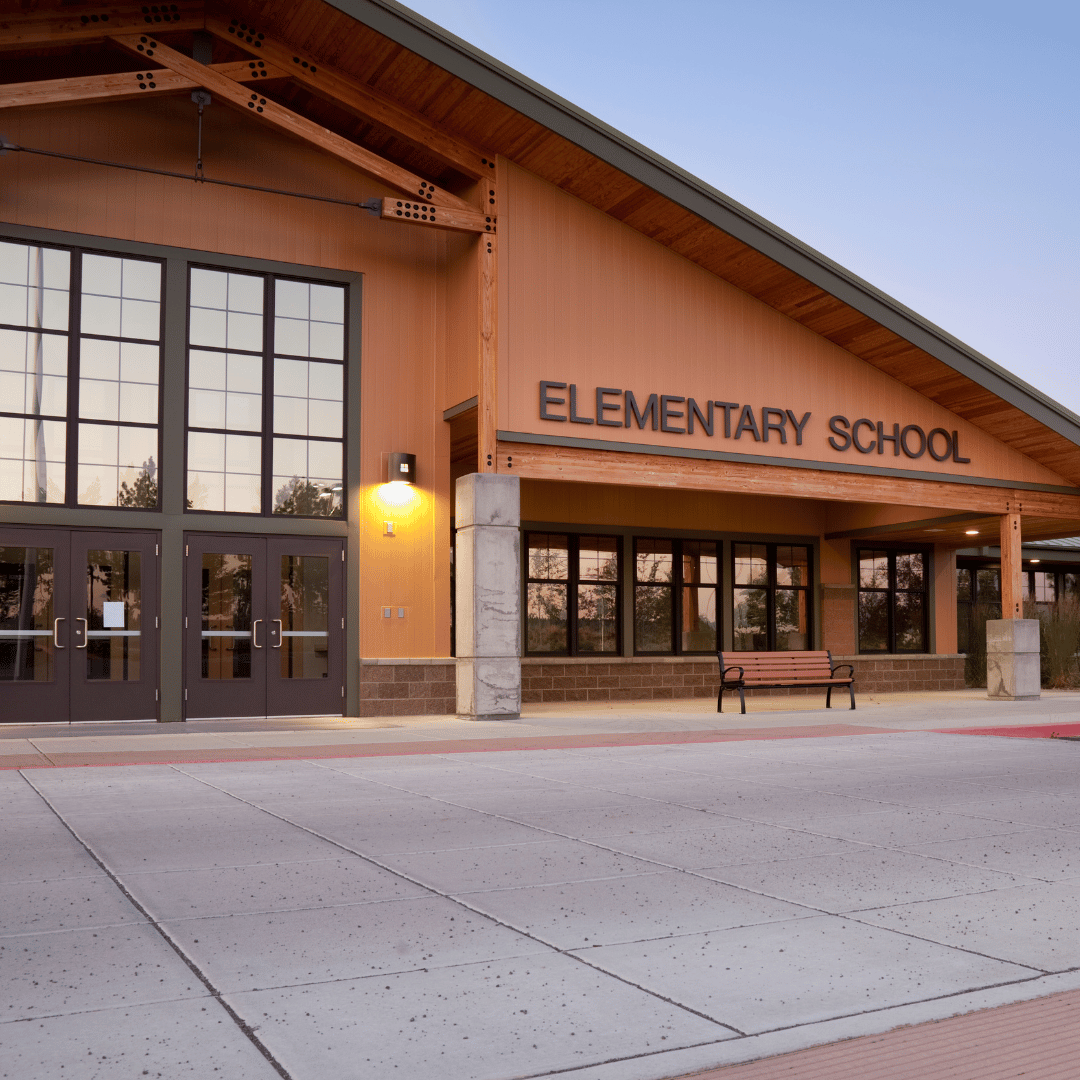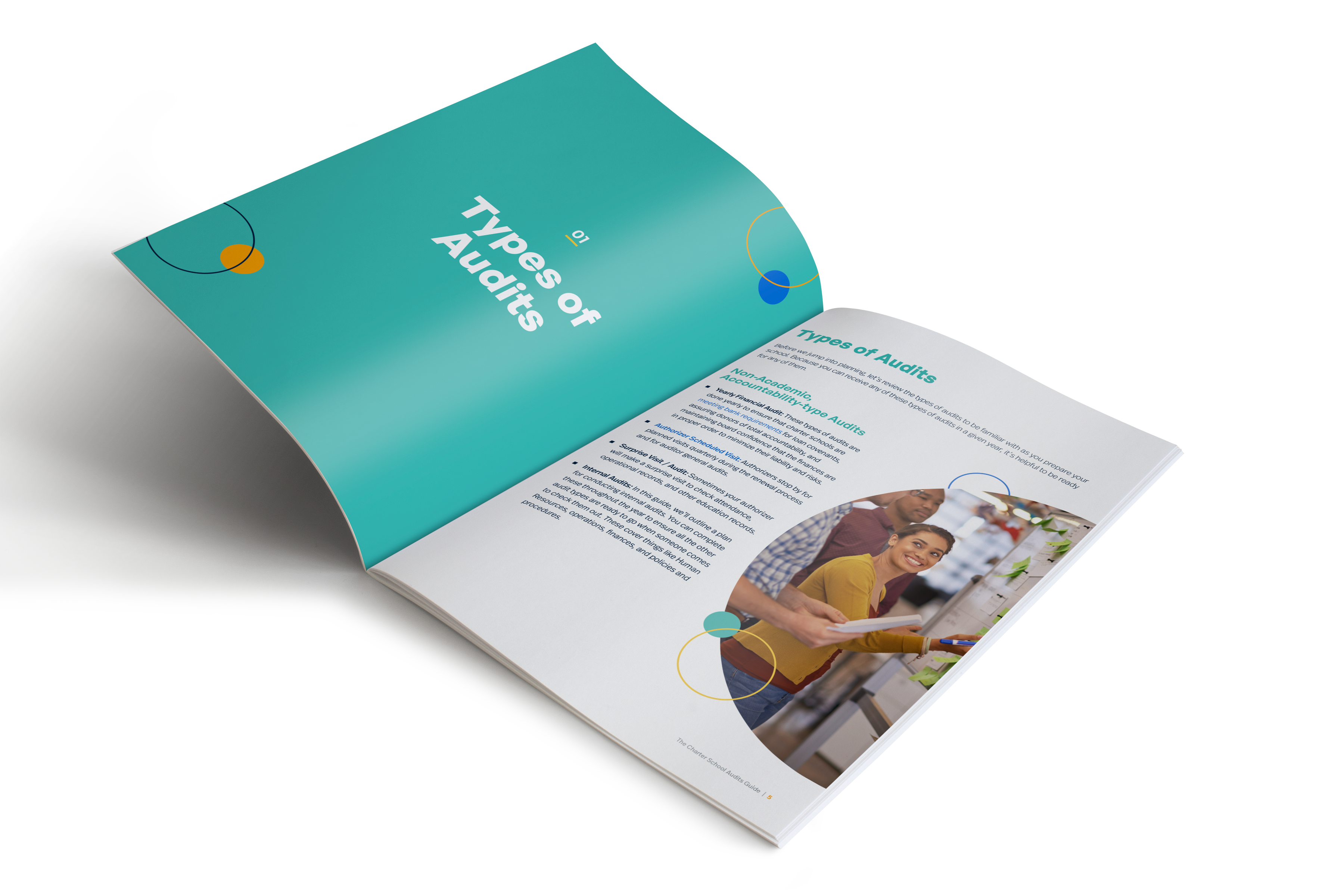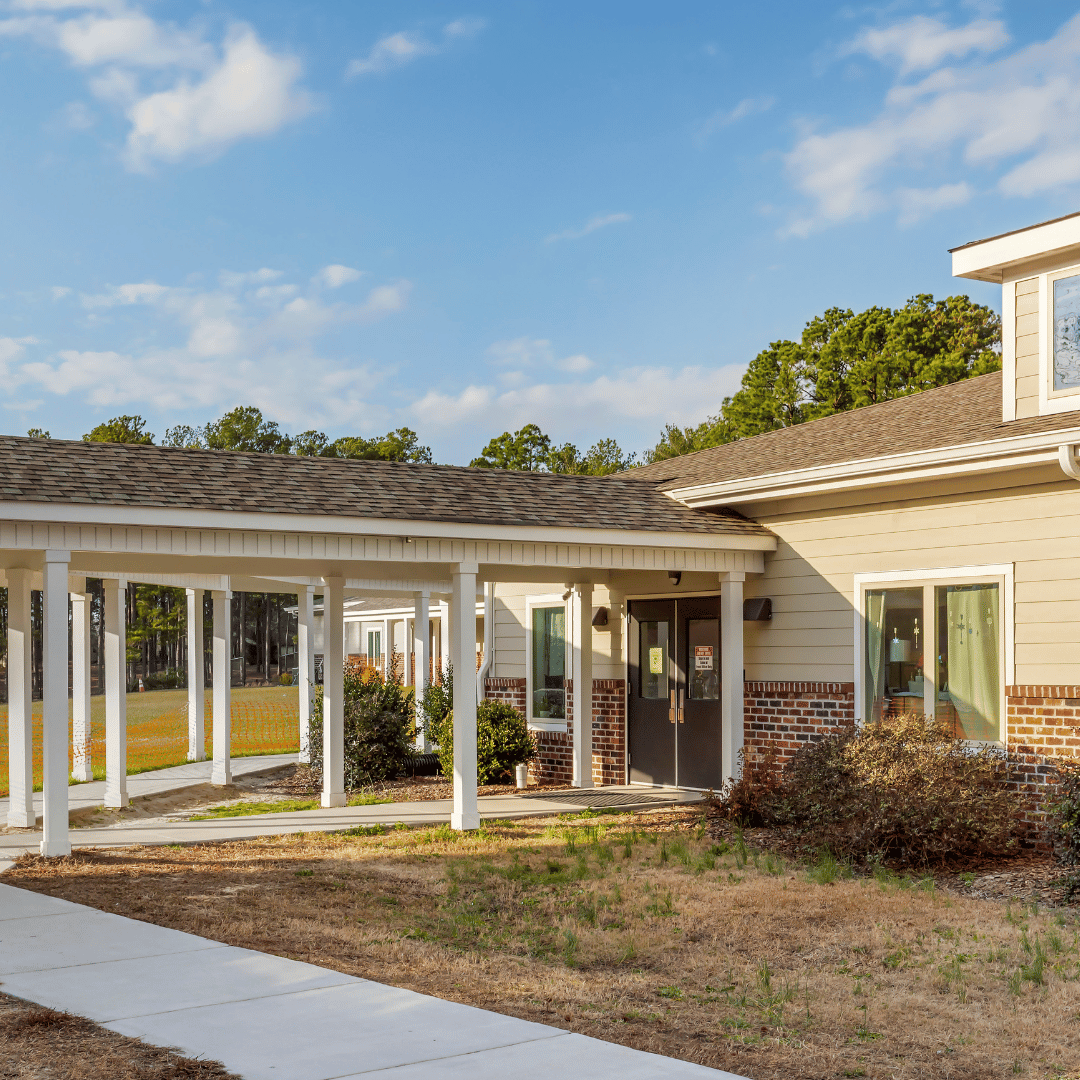The idea of the audit can invite stress, and it’s understandable to feel daunted by the need to address compliance and other issues while you’re focused on the day-to-day aspects of growing a school. The Charter School Audits Guide Preparing Your School for the Annual Audit offers month-by-month breakdowns schools can use to stave off overwhelm. The key is preparing a little bit at a time.
Here’s what the plan looks like:

As seen in the chart above, month one is dedicated to the fiscal audit overall. That’s because month one is when schools have just completed the previous year’s audit, so the first steps are about how to move forward from there.
For a detailed look at previous months, click the links below:
Month 1 – What do after your audit
Month 2 – Post-Audit Conversations
Month 6 – No Audit, Fiscal Year End
Month 8 – Skip it! Focus on your back-to-school efforts
Month 9: Facilities
A facility audit, often referred to as a “facility inventory,” entails a thorough evaluation of all your facility’s assets. A well-executed facility audit can provide invaluable insights into your school’s home and whether it aligns with your mission and plans for growth.
The Objective
The overarching objective of the facility audit is to weigh the value of your facility’s assets against the potential costs of replacement—or even relocation entirely. It also serves as a forecasting tool for projecting future maintenance expenses.

Here’s a breakdown of what you’ll need to consider when conducting your facility audit:
- Walk Your Facility
Walk through your facility, taking note of any alterations or necessary renovations.
- Meet with Your Landlord
Walk your facility with your landlord for a joint review of your facility’s condition to discuss upkeep and improvements.
- Review Contracts
Read through your lease and other agreements. Make adjustments where necessary to ensure that contractual terms align with your school’s evolving needs.
- Plan for Growth
Analyze how your school’s projected growth aligns with your current lease terms. Assess whether purchasing a building might be a more advantageous long-term option.
Auditing your facility is key in making the best choices for your school’s growth. If you decide to buy, next steps include learning about the school building marketplace, the planning process, and the four primary funding structures that charter schools use to finance facilities: cash, banks, bonds, and long-term leases.
Featured Article
Preparing for the Annual Audit: Governance
The idea of the audit can invite stress, and it’s understandable to feel daunted by the need to address compliance and other issues while you’re focused on the day-to-day aspects of growing a school. The Charter School Audits Guide Preparing Your School for the Annual Audit offers month-by-month breakdowns schools can use to stave off […]
Featured Article
Preparing for the Annual Audit: Reviewing Your School’s Insurance
The idea of the audit can invite stress, and it’s understandable to feel daunted by the need to address compliance and other issues while you’re focused on the day-to-day aspects of growing a school. The Charter School Audits Guide Preparing Your School for the Annual Audit offers month-by-month breakdown schools can use to stave off […]

Free Download
Prepare for the Annual Audit
This guide can serve to keep you on track for a less stressful auditing experience. We are grateful for the wisdom offered by our vast network of charter school experts in creating this guide. All the advice you’ll find here comes from experienced charter school leaders who have a deep understanding of the unique terrain of charter school growth.
Get the Guide